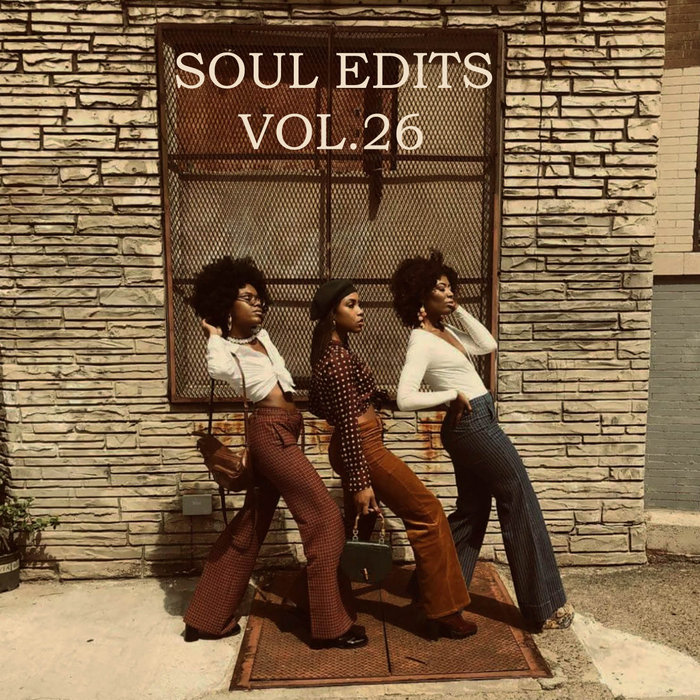
Wayne Carter – Mad Mouth Woman (Disco Edit) – Sonic Funk Foundry
this blog is GROOVY – check out great Soul, Funk, Jazz, Hip Hop, Bass, Breaks , Reggae, House n many more TUNES
Hey there, music lovers! 🎶 Today, we’re diving into the funky world of music edits—a genre that has evolved and transformed over time, weaving its way through clubs, radio stations, and living rooms everywhere. Buckle up as we take a wild ride through the history of edits!
Before we hit the rewind button, let’s break it down. Music edits are remixed versions of existing tracks—shortened or rearranged to enhance their groove factor. DJs and producers often create these gems to ensure dancefloors stay packed and the vibes stay high! Whether it’s adding a killer intro or pumping up the bassline for those late-night parties, edits keep us moving.
The history trail starts back in the 1970s when disco took over dance floors from New York City to San Francisco. Enter stage left: disco DJs who had a knack for cutting songs shorter and spicing ’em up on-the-fly with techniques like looping. Pretty soon, they weren’t just playing records; they were making them feel brand new!
But here comes a funny tidbit: did you know that many disco hits were extended because some early DJs wanted more time before having to scratch their vinyl? Can you imagine mixing “Staying Alive” while sweating like it’s July? Talk about iconic multitasking!
Fast forward to the ’80s—the era where technology exploded! 🎉 With fancy reel-to-reel tape machines and synthesizers galore, record labels began producing official 12-inch singles, which offered extended versions perfect for club play. One classic example? Donna Summer’s “I Feel Love.” Those beats were so infectious that even your grandma would have danced at a disco ball.
But here’s another laugh-worthy nugget: DJ Kool Herc—often dubbed one of hip-hop’s founding fathers—came from Jamaica where he used “toasting” (a kind of DJ hype) during his sets. Imagine someone simply talking over your favorite tune all night; yeah buddy—that was his style!
As we slide into the ’90s and early 2000s, electronic music blew up worldwide! Genres multiplied faster than rabbits on caffeine—from house to techno to drum n’ bass—and lo-and-behold… every genre had its own famous edit styles.
In this golden age:
Know what’s funnier? Some artists re-edited their own tunes just outta boredom! Like David Guetta remixing himself multiple times until he could finally say he’s done… only for him not be done yet! 😜
As technology advanced further with digital audio workstations (DAWs), anyone could hop on board this editing train—with tools right at home via programs like GarageBand or Ableton Live.
This juicy access ushered in an explosion of bootlegs where indie DJs would lift parts from popular songs then sprinkle magic dust all over them. From bedroom enthusiasts becoming viral sensations overnight to getting signed by major labels—it was musical pandemonium!
Funny fact time again: While everyone hustled hard online searching for underground sound faves unbeknownst to mainstream ears… sometimes they’d accidentally remix classics with hilariously bad results 🤦♂️ Ever heard someone turn Nirvana’s “Smells Like Teen Spirit” into an upbeat polka track?!
Today we’ve reached peak edit mania—streaming platforms overflow with loads o’ mashups featuring pop stars connecting minds across genres (and sometimes planets). You can find everything from tropical house reinterpretations of Britney Spears tracks/throwbacks mixed alongside TikTok challenges reigning supreme.
Memes too have taken part here as savvy editors share short snippets showcasing wild combinations such as Eminem spatting verses along Queen beats giving birth instantly viral meow-mixes—all hail internet culture changing music forevermore!!
And let’s face it – no matter how polished an artist sounds today thanks largely due modern tech….more often than not some hilarity hides behind scenes too —remember Lil Nas X creating actual memes around horses 🐴 while drop-kicking genre barriers apart?
So there ya go folks—infinite grooves sprouted from oh-so-simple beginnings paved beautifully by collaborative creativity blessed abundantly since day one. Let those rhythms guide our souls forward especially knowing laughter remains threaded tightly among melodies brought forth by both legends & newcomers alike yearning keep funk alive eternally within ourselves & each other.
Now go ahead – put on your dancing shoes 👠👟 grab your favorite edit playlist —who knows what delight awaits around every bend?! 🌟

Wayne Carter – Mad Mouth Woman (Disco Edit) – Sonic Funk Foundry
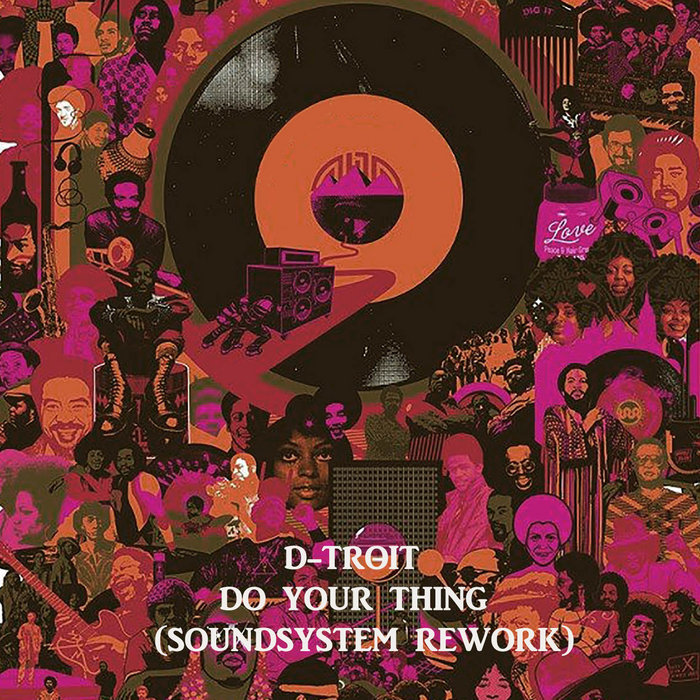
D-Troit – Do Your Thing (Soundsystem Rework) – Sonic Funk Foundry
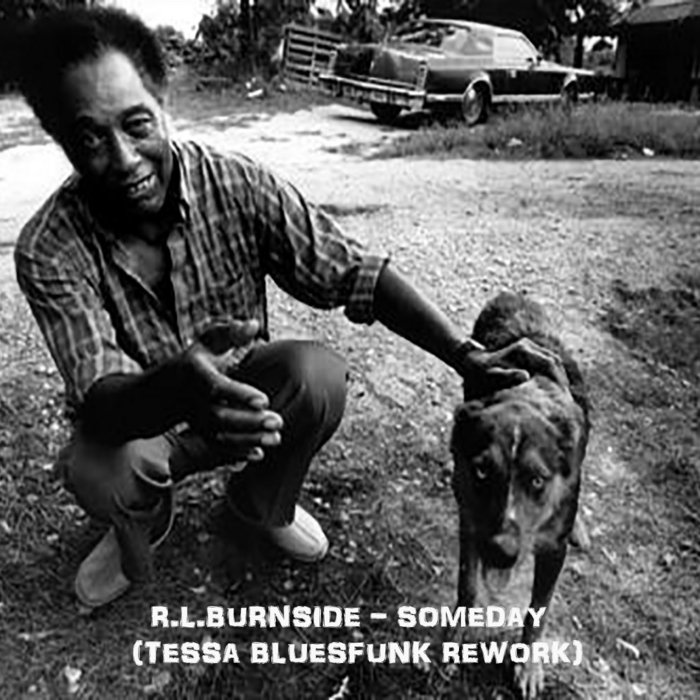
R.L.Burnside – Someday (Tessa Bluesfunk Rework) – Sonic Funk Foundry
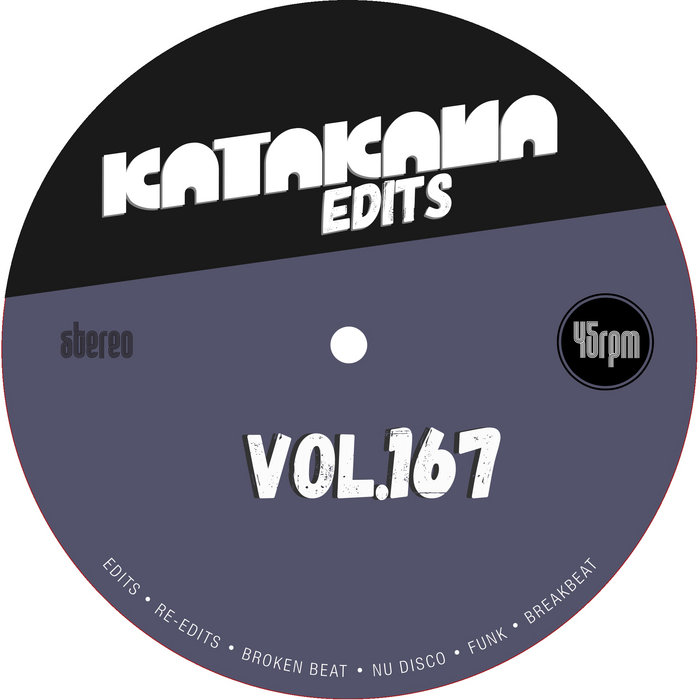
Just As Bad As You – MBO
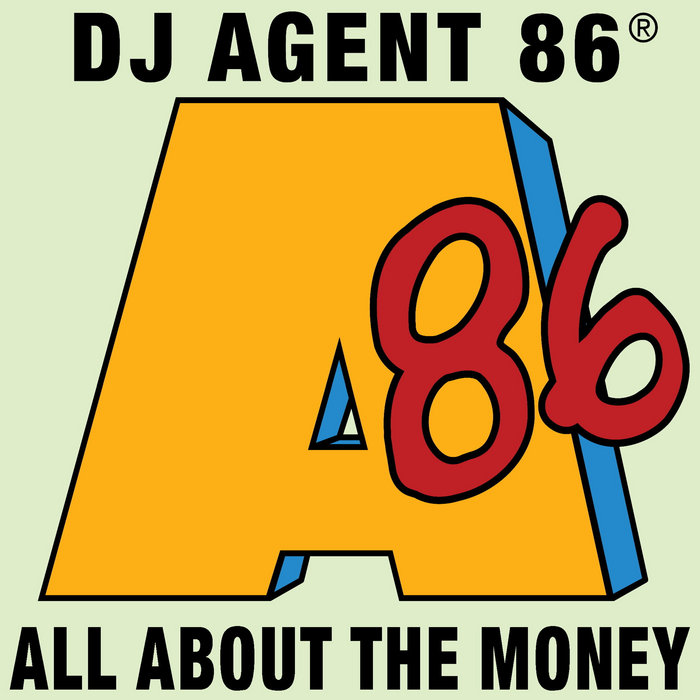
All About The Money (DJ Butcher’s Maguire Edit) – DJ Agent 86
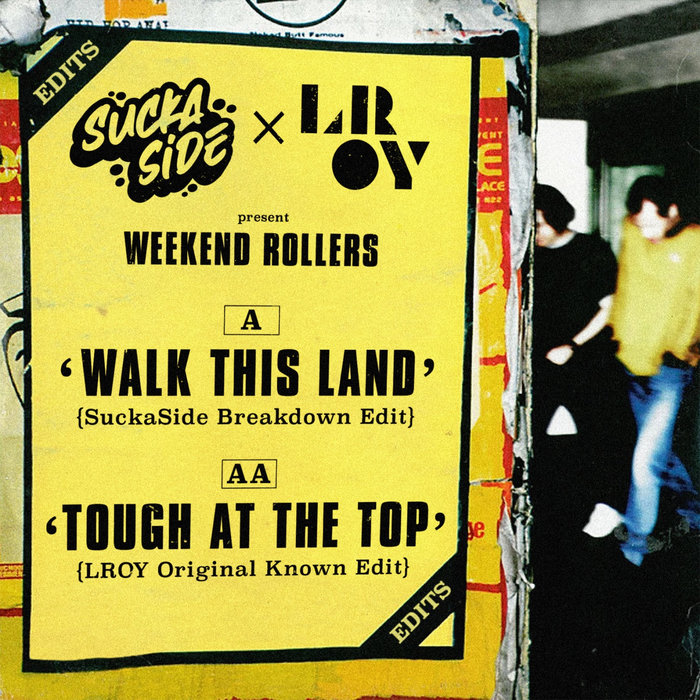
Tough At The Top (LROY's Original Known Edit) – suckaside

Beaver – DiscoGram

Barbara Lynn – You Make Me So Hot (Meaux Rework) – Sonic Funk Foundry

Famous Girls Are Too Cold – dicededits

Hot Jumpin – (Acapella Out) – dicededits